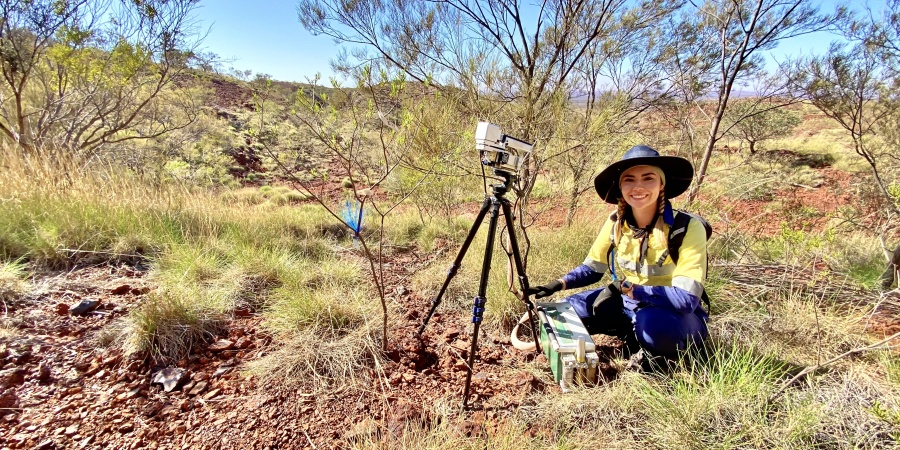
A scientist sitting in an arid landscape with surverying equipment to their right
Land use planning policy and decision-making are largely the responsibility of the Western Australian Planning Commission, the Department of Planning, local governments and redevelopment authorities.
Planning in Western Australia takes into account community, economic, environmental, infrastructure and regional development principles as set out in State planning policy No 1: State Planning Framework.
Our role
The Department of Biodiversity, Conservation and Attractions (DBCA) has an important role in advising land use planning decision makers on environmental planning issues relating to nature conservation and DBCA-managed areas. This role is undertaken primarily through the department's regional offices. A list of regional contacts can be downloaded from the bottom of this page.
Guidance on protecting the environment during planning and development is set out in the Environmental Protection Authority’s Guidance Statement No. 33 Environmental Guidance for Planning and Development.
Land use planning forms
This application form is to accompany material submitted for the purpose of DBCA clearance of approval conditions (Western Australian Planning Commission or local government conditions).
Land use planning referrals
DBCA's advisory role in the land use planning system is linked closely to, and complements, the referral and assessment processes of the Environmental Protection Authority (EPA).
Under the Environmental Protection Act 1986, the EPA is responsible for formally assessing planning proposals and schemes that are likely to have a significant impact on the environment. EPA Services within the Department of Environment Regulation helps the EPA to carry out its functions.
The following is a guide to help government agencies decide whether to approach DBCA and/or EPA Services for environmental advice on planning and development matters.
Subdivision and development applications
Subdivision and development applications should be directed to DBCA regional offices, but only where there is a clear need for advice from the department.
Exceptions are those proposals likely to have a significant impact on the environment that require referral to the EPA under the Environmental Protection Act 1986. Guides and forms for the referral of proposals to the EPA are at www.epa.wa.gov.au.
Planning schemes and amendments
All region and local planning schemes and amendments are referred directly to the EPA as required under the planning legislation. EPA Services may seek advice from DBCA on individual planning schemes and amendments. The department does not expect a separate referral during the subsequent advertising period unless the referral authority has a particular need for advice from DBCA.
Structure plans preceding a planning scheme or scheme amendment
Structure plans and outline development plans that precede a scheme amendment may be referred to EPA Services and DBCA for review of potential environmental impacts.
Structure plans for sites not requiring scheme amendments
Structure plans and outline development plans for sites that do not require further rezoning before subdivision and development should be referred to the relevant DBCA regional office where the referral authority has a clear need for advice on any of the environmental issues below.
Major policies, strategies and planning initiatives
Both agencies should be informed of proposed major policies, strategies and other planning initiatives that have environmental implications.
General enquiries on environmental planning matters
DBCA regional offices are generally the initial contact for advice on environmental planning matters for the factors listed below.
EPA Services is the contact for advice relating to the referral of proposals and schemes to the EPA and the assessment processes and criteria applied by the EPA.
Environmental factors
Factors on which the department may provide advice when reviewing land use planning referrals from other agencies include:
Biodiversity and natural areas
- Conservation reserve system
- Ecological linkages
- Biodiversity protection targets
- Threatened ecological communities
- Native vegetation and flora
- Native fauna
- Wetlands
- Special landscapes e.g. karst
- Marine ecosystems
DBCA-managed areas
- All values and threats to the conservation estate
- Fire, weeds and pests for unallocated crown lands and unvested reserves






